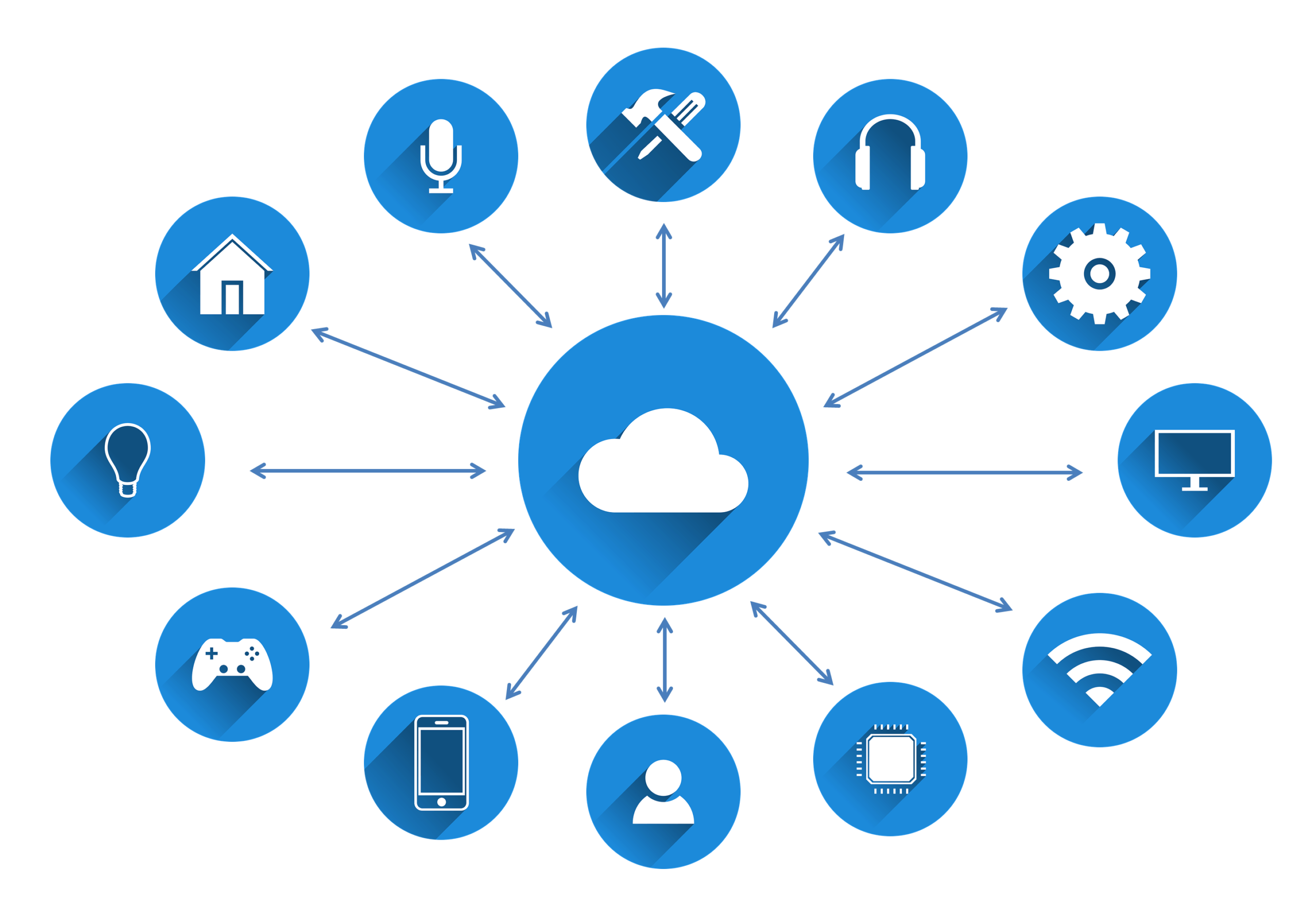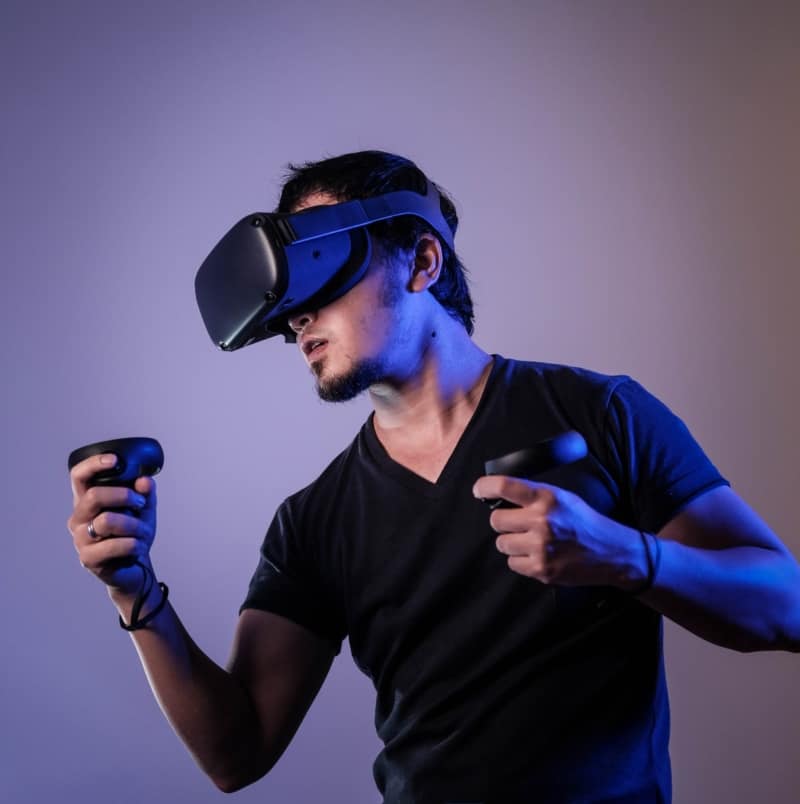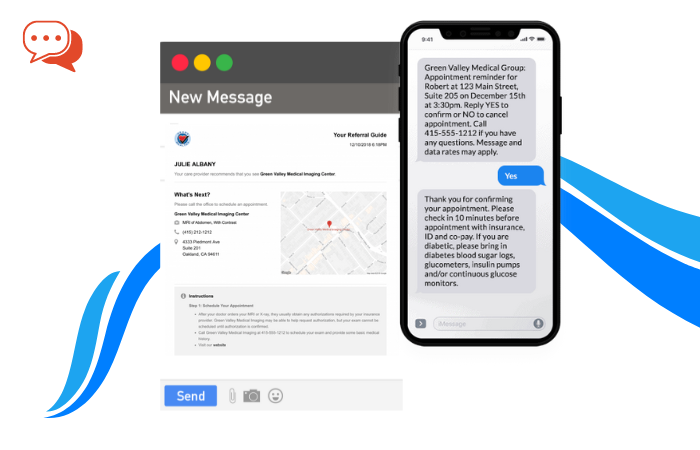AI Predictions for 2025
For decades, artificial intelligence has continued to play a critical role in different industries. However, when the term “artificial intelligence” is mentioned within the healthcare sphere, many people imagine robots operating on human beings and rendering doctors obsolete. Far from the truth, AI has been a major contributor to the healthcare industry and has been at the forefront of setting healthcare trends. Some of these major contributions include ease of access to vast life-saving data sets and predictions of potential health outcomes. Is AI the future of healthcare software?
According to a report by Frost & Sullivan, the AI systems industry is projected to hit the $6 billion mark by 2021. The same report has listed healthcare as one of the top 5 industries that will greatly benefit from AI.
With such phenomenal growth and future potential possibilities, what does this mean for healthcare software development? How can healthcare benefit from this game-changing technology? And lastly, what is the future of a healthcare software developer about AI?
In this article, we will look at the role of AI in healthcare software development and how it will help drive automation in the future.
What is AI?
Artificial intelligence (AI) entails simulating human intelligence processes using computer systems. Some of these processes include acquiring information, learning the parameters for using such information, translating it, and self-correcting it.
In healthcare, AI has largely been used by software developers to build healthcare predictive analytics software that can mutate complex medical data into simplified actionable knowledge using natural language processing.
AI in the healthcare industry wasn’t as popular a few decades ago. In fact, the very first program with a problem-solving feature is Dendral and was developed back in the 1960s. This program became the basis upon which MYCIN, an AI healthcare program, used to locate serious bacterial infections. Unfortunately, despite the milestones made by MYCIN, the program never saw the light of day as it was never applied.
Fast forward to today, AI’s progress has been so swift. According to the US department of health and human services, over 80% of hospitals based in the US use some form of healthcare-related software applications. In terms of AI, a recent survey by Intel and Convergys showed that over 50% of healthcare professionals believe that there will be widespread adoption by 2020. The same poll revealed that about 37% of respondents interviewed were already using AI in one form or another.
Applications of AI in Healthcare
AI applications are helping solve the conundrum that is commonly referred to as the “iron triangle” in the healthcare industry, where many overriding factors converge. Below is a list of benefits of AI in healthcare;
Data Analysis and Management
On any given day, a tremendous amount of data is generated within the healthcare industry. With this increasing data velocity and the number of sources from which this data is extracted, the role of AI in modern healthcare has continued to grow.
AI technology has shown promise in augmenting data use, data processing, visualization, and decision-making support. Through machine learning and natural language processing, AI has injected tremendous improvements across the modern healthcare continuum to deliver improved outcomes.
The powerful data processing capability of AI-based software has been utilized by researchers to collect, analyze, manage, and store clinical trial data. As a result of this systematic approach, new effective drugs have been easily developed.
Diagnostics
According to the Medicine Division at the National Academies of Science, it is estimated that 10% of patient deaths in the US are a result of diagnostic errors. However, AI applications have excelled in this area thanks to their data categorizing capability, improving diagnostic outcomes. Furthermore, the AI tool’s capability in categorizing information has been used the world over to craft pioneering treatment approaches and even offer recommendations to medical practitioners.
AI’s diagnostic applications fall under four major categories including:
Chatbots: Healthcare facilities use AI-chatbots fitted with speech recognition capability to pick recurring patterns in patient’s symptoms to craft viable diagnoses, prevent disease and recommend the appropriate course of action.
Oncology: Medical images, examination protocols, and patient’s history contain a lot of information that doctors can use to diagnose a disease and prescribe treatment precisely. However, a doctor is only limited to what the eyes can see or may lack the necessary experience to paint a clear picture of what is happening and correctly diagnose a disease.
Oncologists rely on deep learning to diagnose cancer, whereby a series of images are fed into algorithms to profile and pinpoint unusual features within the images.
Pathology: Pathology is a medical field specializing in the diagnosis of disease using the analysis of bodily fluids and tissues in a lab. Machine learning technologies have improved the efforts and processes that were traditionally a preserve of pathologists with microscopes.
Rare Diseases: Several facial recognition software has been combined with deep machine learning to help medical practitioners diagnose rare diseases. Through the analysis of patient photos, doctors can detect phenotypes that match those of rare genetic diseases.
Robot-assisted Surgery
Robotic surgeries present surgeons with a rare opportunity to make precise incisions using super-small tools. Invariable, the infusion of AI with medical records allows surgeons to access real-time data at the operating rooms and useful information from past successful surgeries of similar nature. According to a 2018 report, Accenture estimated that AI-enabled, robot-assisted surgeries can save the U.S. healthcare industry over $40 billion annually.
Healthcare Communication
Statistics have shown that 80% of serious medical errors result from communication breakdown between the patients and caregivers. Whether it’s communication between the patient and physician or within different healthcare organs, AI has tremendously improved the communication breakdown in the healthcare industry. For instance, Apple has created CareKit and ResearchKit frameworks to help researchers and developers build medical apps that can easily communicate with patients and monitor them simultaneously.
Virtual Nursing Assistants
Another area in that AI has shown impressive results is in mobile app healthcare and virtual nursing. In the healthcare context, virtual nursing assistants are like the Alexa for the hospital bedside. They replicate typical nurse’s behavior by assisting the patients with their routines, such as taking medications or going for appointments.
Administrative Workflow Assistance
Typically, hospitals and other medical care centers produce a great deal of paperwork. However, AI has helped consolidate and digitize these medical records, resulting in streamlined administrative functions.
The Demand for Healthcare Software Developers
Many industries have joined the AI adventure to enjoy some of the whims that come with this technology. However, there is one important ingredient that goes into this rich AI recipe – healthcare software developers.
The healthcare industry is segmented into small sub-segments like AI diagnostics, robotics, patient record management, and equipment software systems. And all these are areas that software developers can exploit by creating solutions. This, compounded with the continued modernization of systems and processes in the healthcare industry, means that the demand for developers isn’t slowing down anytime soon.
The Future of AI in Healthcare
AI is slowly making inroads in almost every spectrum of our lives. In our workplaces, it has become a cornerstone for efficient and coordinated workflows. The healthcare field, in particular, has seen a major overhaul both at the operational and technical levels.
A closer look at the current AI-enabled medical software systems reveals major advances in improved performance and the rapid penetration of software systems in almost every area of the healthcare industry. The vast number of healthcare first software and systems can be customized to fulfill specific or diverse functions such as picture archiving, hospital information systems, etc.
Moving into the future, a wider range of paradigms within the AI ecosystem will emerge, allowing developers to build systems with multi-modal interaction. Additionally, the growth of heterogeneous platforms and devices means that developers will have to up their game by developing platforms with distinct and congeneric user interfaces to capture different market segments. This is because mobile healthcare computing devices are quickly gaining traction within the hospital environment and are used to enhance patient services, improve quality of care, increase productivity, and lower costs.
In terms of growth, the global healthcare enterprise software market is hit the $8.20B mark In 2023, up from $3.50 B in 2016. During the same period, the industry will see an average CAGR of 15.7%, with America being the largest market.
Conclusion
We live in a truly amazing period where technology has enabled us to transcend barriers that were otherwise fantasies a few decades ago. Technological progress within the healthcare industry has allowed us to perform miracles. We have created real-life cyborgs whose bodies have been augmented by technologies. We even have gone further to introduce nanorobots in the blood delivering drugs to harmful target tissues.
You’ll agree that without technologies like AI, such a level of innovativeness and sophistication would have remained a pipe dream. And although Artificial Intelligence has been touted as a magic bullet for earlier disease detection, accurate imaging assessment, and affordable testing across multiple clinical areas, the interaction between physicians and patients, remains a sensitive subject. Ultimately, medical practitioners will have to strike a delicate balance between the potentials of AI inpatient management and maintaining close contact with their patients.












